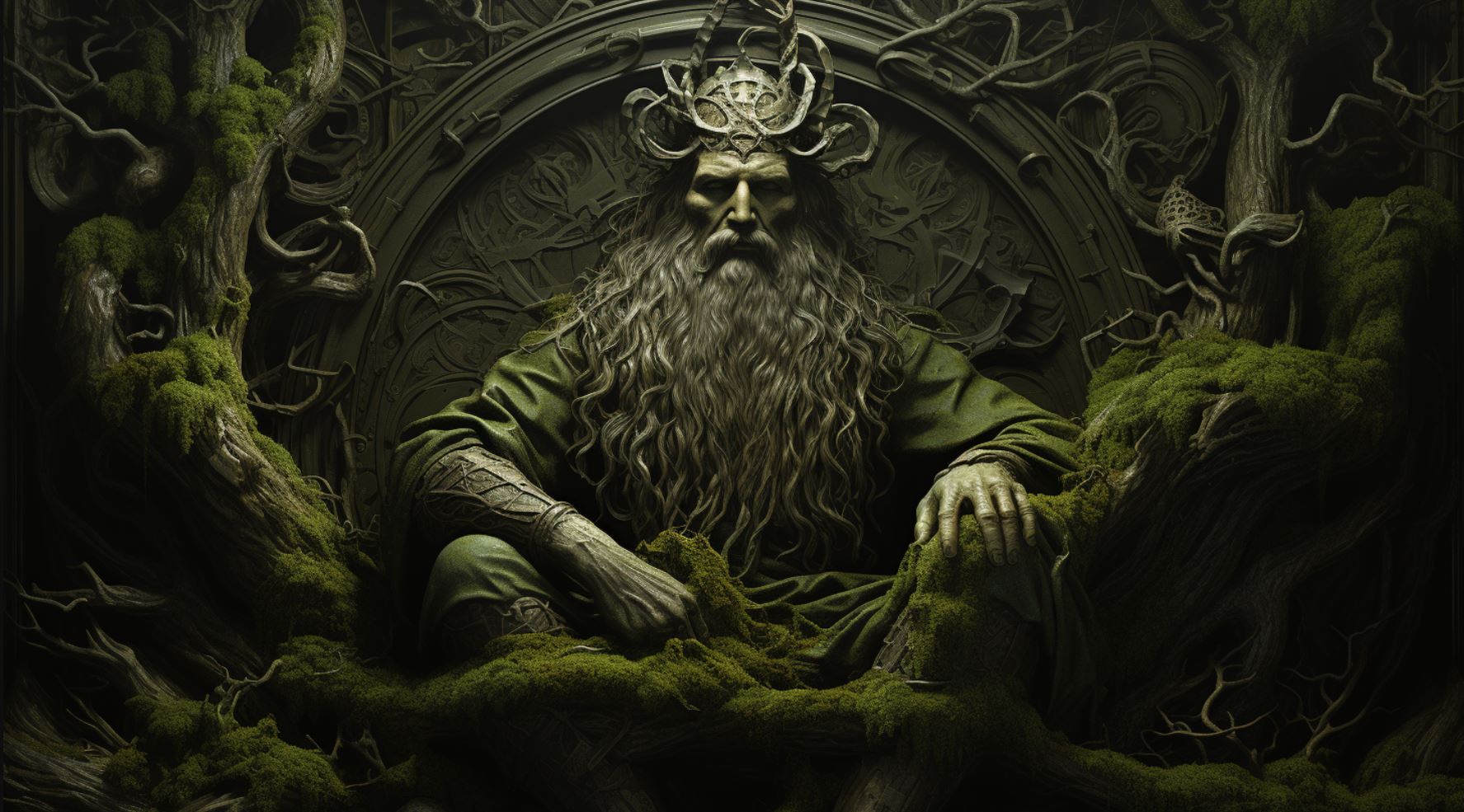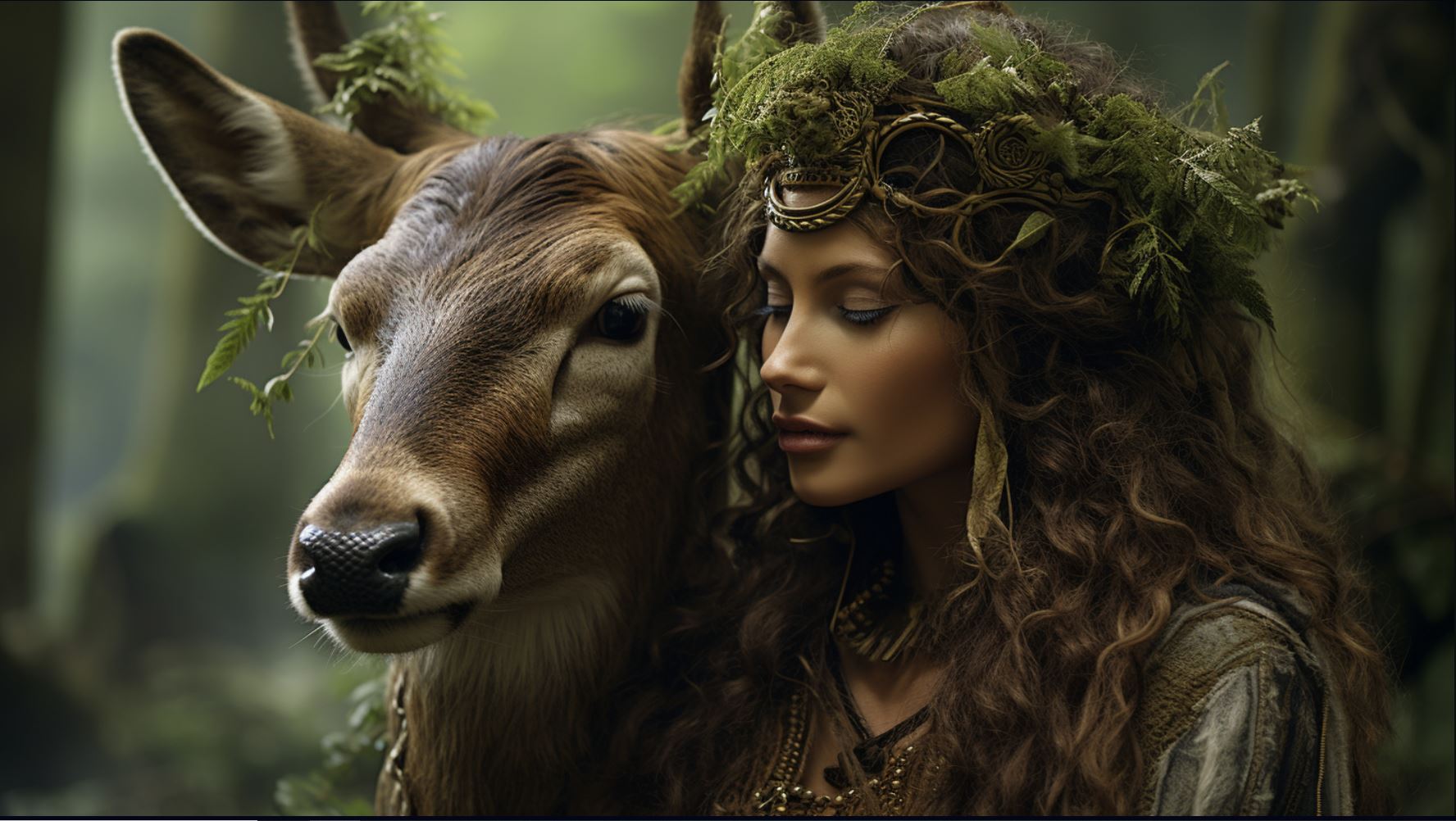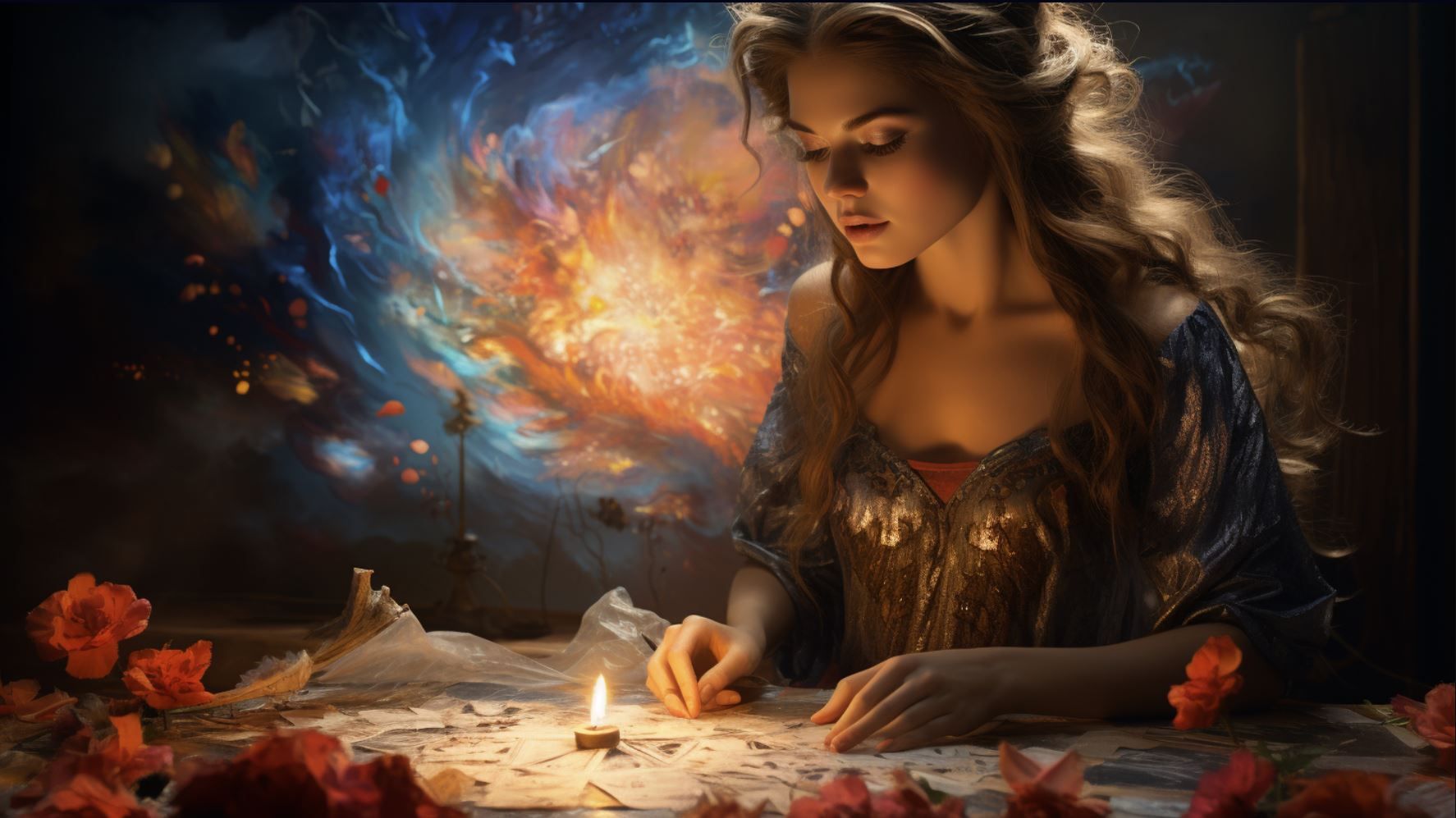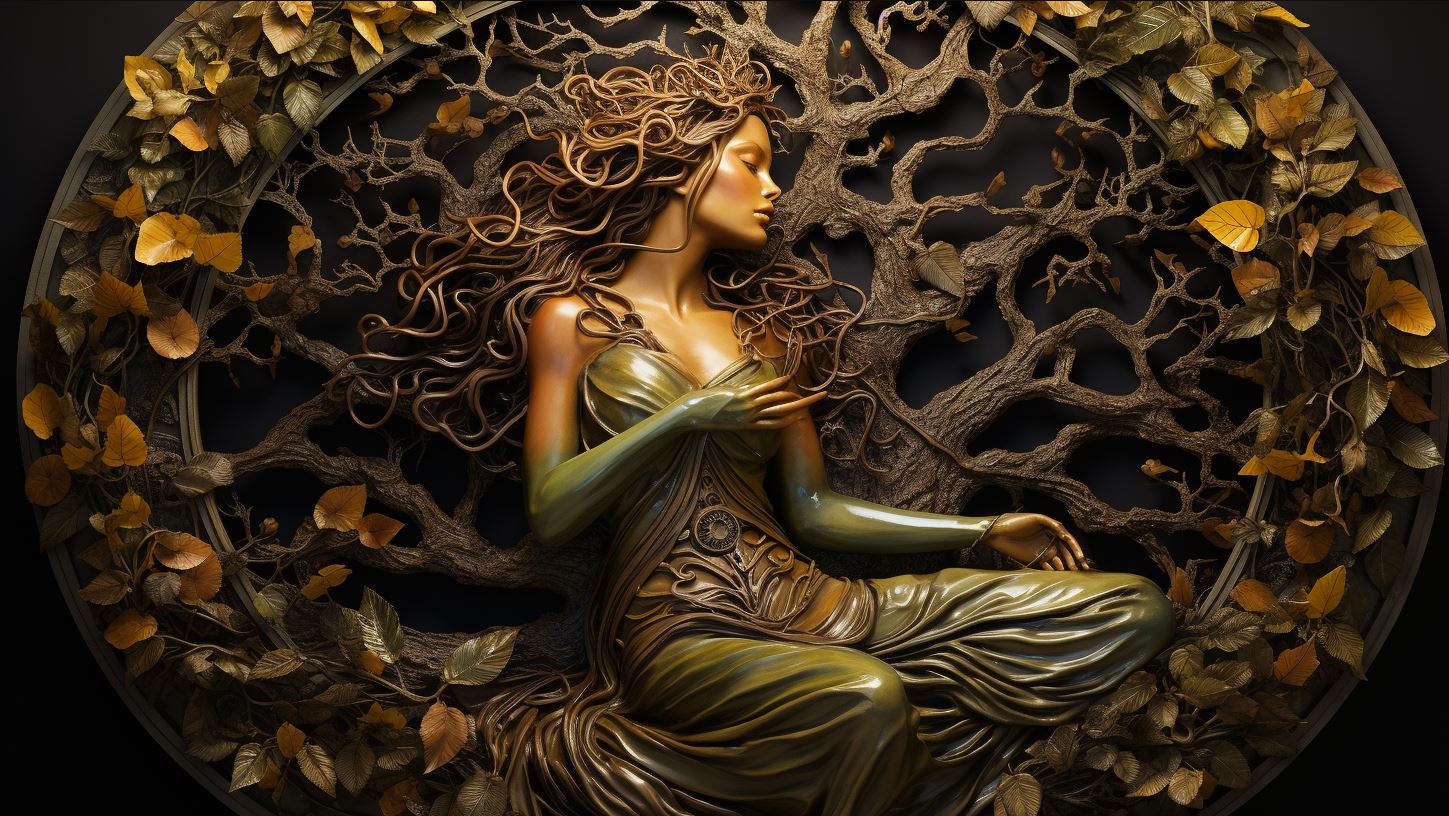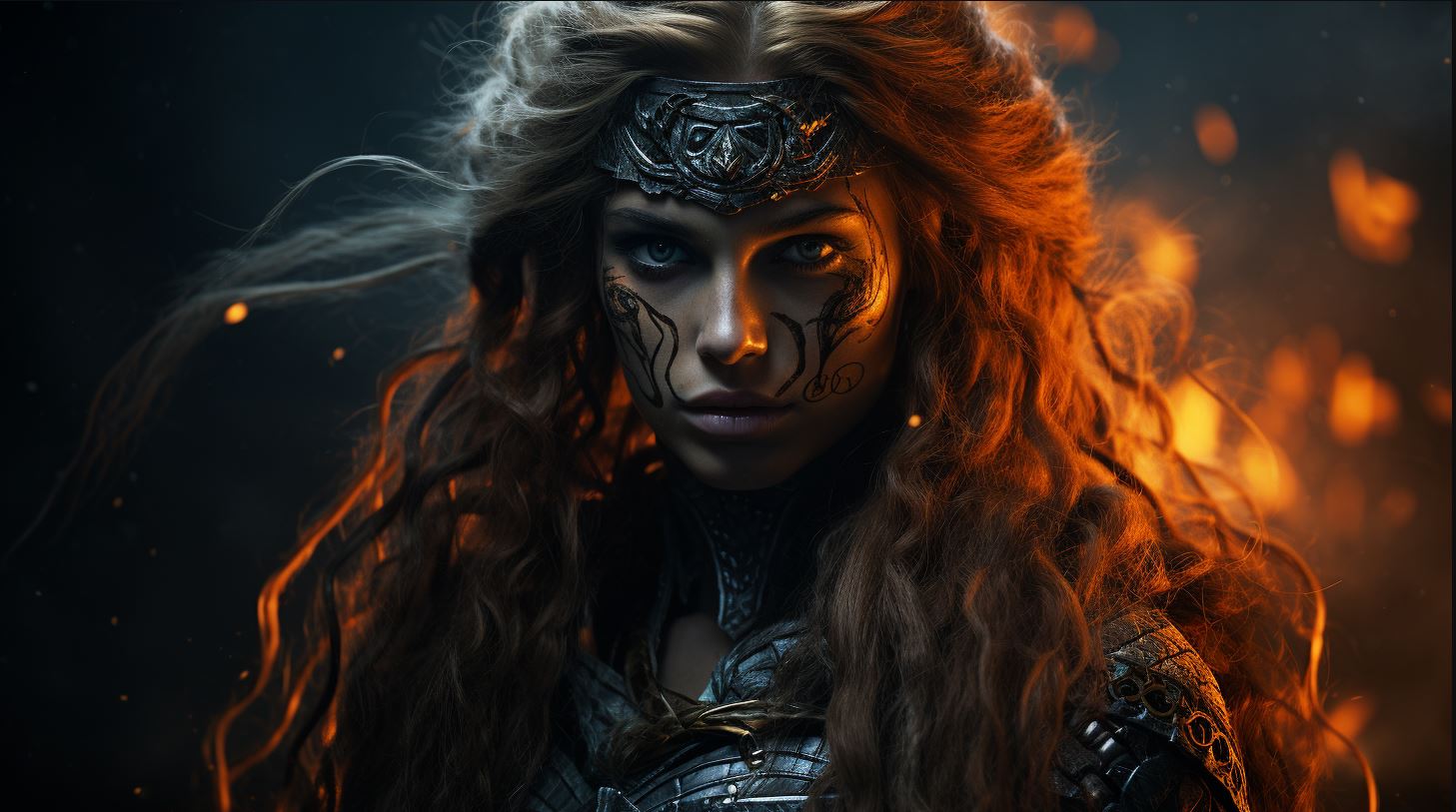Aed Irish God: Unveiling the Ancient Legends and Powers
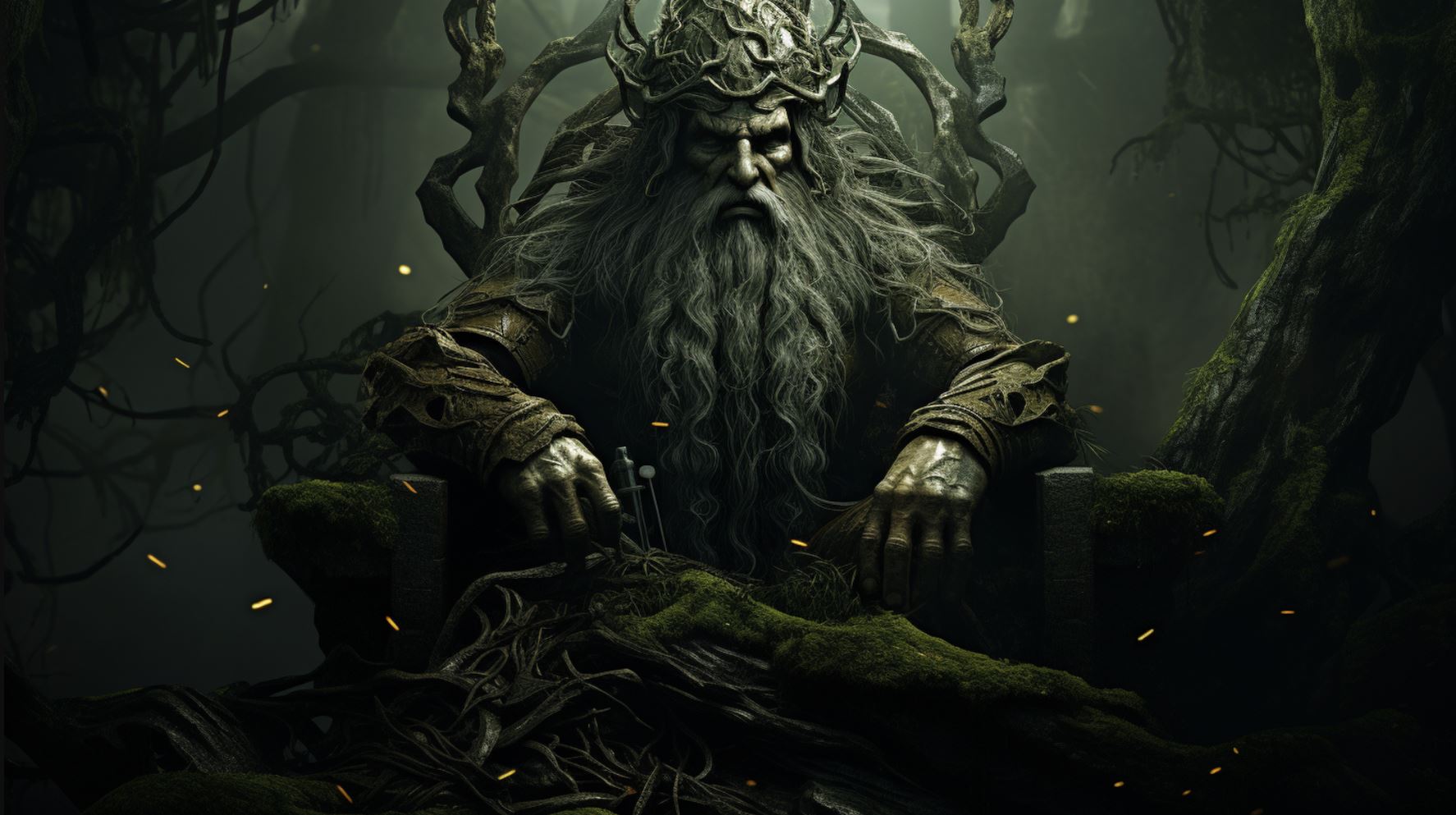
Aed, the Irish god of the underworld, sun, and thunder, holds a significant place in Irish mythology. With comparisons to deities from Greek and Roman mythologies, Aed’s legends and stories intertwine with those of other Irish gods.
Known for his powers and attributes, Aed’s influence on Celtic culture and traditions is profound. This article explores Aed’s role in mythology, his connections to other deities, and dispels misconceptions surrounding him.
We delve into the modern interpretations and the impact of Aed in popular culture.
Overview of Aed: The Irish God
Aed, the Irish god, holds a prominent place in Irish mythology and folklore. Known as the god of the underworld, sun, and thunder, Aed is a complex deity with a rich history.
His tales and legends are deeply intertwined with the fabric of Irish culture, showcasing his significance in the pantheon of Irish gods.
In this section, we delve into the captivating realm of Aed’s mythology and explore his various roles and attributes.
We examine his association with the creation of humanity, his representation as a solar deity, and his remarkable prowess as the god of thunder. Additionally, we shed light on the comparisons drawn between Aed and renowned mythological figures from Greek and Roman traditions, such as Zeus.
Furthermore, we explore the profound impact of Aed in Celtic culture and traditions, as evident in rituals and beliefs that have endured through the ages. Even in modern interpretations and popular culture, Aed’s influence can still be felt, showcasing his timeless appeal.
Throughout this article, we aim to unravel the captivating mystique surrounding Aed, providing a comprehensive overview of this enigmatic Irish god and shedding light on the wonders and marvels that surround his divine existence.
Aed’s Role in Irish Mythology
In Irish mythology, Aed holds a significant role as a prominent deity. Known as the god of the underworld, sun, and thunder, he is revered for his immense power and influence.
Aed’s role is deeply rooted in the spiritual beliefs of the ancient Celts, who regarded him as a creator and protector of the human race.
According to mythology, Aed is often associated with other important figures such as Dagda, the king of the Otherworld.
This connection emphasizes Aed’s elevated status among the Irish gods, highlighting his significance in the overall cosmology.
Aed’s multifaceted nature extends to his portrayal as a sun god, responsible for the illumination and warmth that sustains life on Earth.
Additionally, his association with thunder signifies his commanding presence and ability to bring forth both destruction and renewal.
Legends and stories surrounding Aed depict his pivotal role in various narratives. He is often portrayed as a central figure in tales of heroic feats, battles against otherworldly creatures, and the protection of the divine order.
Understanding Aed’s role in Irish mythology allows us to delve deeper into the rich tapestry of ancient Celtic beliefs and the intricate relationships among deities in their pantheon. As we explore further, we unveil a captivating world of gods, goddesses, and the fascinating tales that shaped Irish culture throughout history.
Aed and the Other Irish Gods
Within Irish mythology, Aed is a prominent deity who shares the stage with various other gods and goddesses. Each of these divine beings possesses distinct roles, characteristics, and mythological significance. Let’s delve into the fascinating realm of Irish mythology and explore the connections between Aed and these other Irish gods:
- Clíodhna: Known as the queen of the banshees, Clíodhna represents beauty, love, and the afterlife.
Although not directly related to Aed, her presence in Irish mythology intertwines with his divine domain.
- Fionn mac Cumhaill: A legendary warrior and leader of the Fianna, Fionn mac Cumhaill shares adventures and encounters with Aed during their mythological journeys.
While both possess distinct roles, their stories often intersect.
- Lir: The father of Aed, Lir is a powerful sea god associated with the sea, storms, and enchantment. Aed’s close kinship with Lir further deepens his connection to the divine realm.
- Manannán mac Lir: Aed’s brother and a significant figure in Irish mythology, Manannán mac Lir fulfills the role of the god of the sea, magic, and the Otherworld.
Together, Aed and Manannán mac Lir embody the complex dynamics of sibling relationships within divine mythology.
- Áine, Lugh, Neit, Niamh, Cú Chulainn, and Dagda: These gods and goddesses also share connections with Aed, either through shared stories, intertwined destinies, or familial ties.
Their interactions with Aed contribute to the richness and depth of Irish mythology.
As we explore the vast tapestry of Irish mythological tales, it becomes evident that Aed’s presence is intricately woven into the narratives and relationships of these other gods and goddesses.
Together, they form a pantheon that both reflects and impacts the cultural and spiritual beliefs of the Celtic people throughout history.
Legends and Stories Associated with Aed
Aed, the Irish god, is surrounded by fascinating legends and stories that have been passed down through generations. These tales reveal his power, character, and significant role in Irish mythology.
One such story recounts Aed’s epic battle with the monstrous serpent, Crom Cruach.
As the fearsome creature threatened to devastate the land, Aed courageously stepped forward, wielding his thunderbolt. With unmatched strength and determination, he fought valiantly until he finally defeated the serpent, freeing the people from its grip of terror.
In another legend, Aed emerges as a compassionate deity, demonstrating his connection with humanity. It is said that he witnessed the hardships faced by farmers during a fierce drought. To alleviate their suffering, Aed used his divine powers to release rains and rejuvenate the barren land, ensuring the survival of crops and restoring hope to the people.
Additionally, stories portray Aed as a wise and knowledgeable deity. He is often depicted imparting profound wisdom to mortals seeking guidance. As the god of the sun, Aed possesses the ability to access hidden knowledge and reveal secrets of the universe to those deserving of his teachings.
These legends and stories associated with Aed highlight his heroic deeds, benevolence towards mankind, and his embodiment of wisdom. They continue to inspire and captivate audiences, serving as a testament to the enduring legacy of this extraordinary Irish god.
Aed’s Attributes and Powers
Aed, the Irish god, possesses a plethora of unique attributes and extraordinary powers that make him a formidable deity in Irish mythology. As the god of the underworld, Aed holds dominion over the realm of the afterlife, guiding departed souls and ensuring the balance between life and death.
His association with the sun symbolizes his role as a bringer of light and warmth, illuminating the world and infusing it with vitality.
Aed’s strength is further evident in his ability to control the forces of thunder, unleashing powerful storms and lightning upon the land.
This aspect of his power emphasizes his authority over the elements and his ability to invoke natural phenomena. It is said that Aed’s thunderous roars can shake the very foundations of the earth, instilling both fear and awe in those who witness it.
Additionally, Aed’s connection to other deities highlights his versatility and influence within the pantheon. He is often compared to Júpiter/Zeus in Greek and Roman mythology, emphasizing his stature and significance within the divine hierarchy.
His counterparts in Celtic mythology, such as the sun god Aed mac Ainninne, further emphasize his association with solar energy and its life-giving properties.
Overall, Aed’s attributes and powers enshrine him as a multifaceted deity, embodying the natural forces of the underworld, sun, and thunder.
His role as a guardian of the afterlife and a provider of light and energy solidify his importance in the Irish mythological landscape, leaving an everlasting impact on the beliefs and traditions of the Celtic people.
Comparisons between Aed and Other Mythological Deities
Aed, the Irish god, shares fascinating similarities and comparisons with other mythological deities. Let’s explore some of these intriguing connections:
- Dagda: Aed is often equated with Dagda, the king of the otherworldly realm.
They both possess immense power over the sun and are associated with the underworld. However, Aed also exhibits thunderous attributes, setting him apart from Dagda.
- Jupiter/Zeus: Drawing parallels from Greek and Roman mythology, Aed is likened to Jupiter/Zeus.
Both divine figures govern the realm of thunder and lightning, showcasing their supremacy over natural forces. This association illustrates the universality of their power.
- Sun Deities: Aed shares characteristics with various solar deities across mythologies.
His role as the god of the sun aligns him with solar figures known for their radiant influence. This connection highlights the significance of the sun in diverse cultures and their respective mythologies.
By examining these comparisons, we gain a deeper understanding of Aed’s place among the pantheon of mythological deities.
His multifaceted nature and shared attributes with other gods demonstrate the interwoven tapestry of ancient beliefs and mythologies across different civilizations.
The Influence of Aed in Celtic Culture and Traditions
Aed, the Irish god, holds a profound influence in Celtic culture and traditions. His presence can be felt in various aspects of Celtic life, ranging from mythology to religious practices and even daily rituals.
One notable area where Aed’s influence can be seen is in Celtic festivals and celebrations. Many of these events center around nature, honoring the cycles of the sun, moon, and seasons.
Aed, as the god of the sun, plays a crucial role in these celebrations as a symbol of warmth, light, and vitality.
Aed’s influence can also be found in Celtic art and symbolism.
His association with the sun and thunder is often depicted through intricate designs and motifs, showcasing the importance of Aed in Celtic artistic expressions.
- Additionally, Aed’s role as the god of the underworld adds a mystical element to Celtic beliefs in the afterlife.
His presence provides comfort and a sense of protection to the Celtic people, ensuring a smooth transition for the departed.
- Furthermore, Aed’s connections with other Irish gods strengthen the interconnectedness of Celtic mythology.
His interactions with deities such as Lir, Manannán mac Lir, and Áine deepen the layers of Irish folklore, creating a rich tapestry of stories and legends.
In conclusion, Aed’s influence in Celtic culture and traditions is undeniable.
From festivals and art to religious beliefs, the presence of Aed permeates various aspects of Celtic life, leaving an indelible mark on the heritage of Ireland.
Aed in Modern Interpretations and Popular Culture
The enduring mythology of Aed, the Irish god, continues to captivate modern audiences.
Over the years, Aed has found his place in various forms of entertainment and popular culture, showcasing his timeless appeal.
In literature, Aed has inspired numerous authors, who have woven his character into their stories to add depth and intrigue. From epic fantasy novels to contemporary urban fantasies, Aed’s presence can be felt, representing power, wisdom, and the enigmatic nature of the divine.
In the realm of cinema and television, Aed has made memorable appearances, often depicted as a formidable immortal figure with incredible abilities. His role as a deity of the underworld, the sun, and thunder has allowed filmmakers to incorporate awe-inspiring visual effects, creating unforgettable on-screen moments.
Aed’s influence extends to the gaming industry as well. Video game developers have embraced his mythology, featuring him as a key character in immersive RPGs and adventure games. Players can embark on quests, unraveling ancient mysteries intertwined with Aed’s stories, and even assume the role of Aed himself in some games.
Moreover, Aed’s legacy has transcended traditional media. He has become a symbol in contemporary art, inspiring painters, sculptors, and tattoo artists to craft stunning interpretations of the deity. Aed’s imagery is often associated with strength, courage, and a connection to the natural world.
As we look to the future, Aed’s presence in modern interpretations and popular culture shows no signs of waning. His allure continues to fascinate and inspire, reminding us of the enduring power of ancient mythology in our ever-evolving world.
Common Misconceptions and Misinterpretations of Aed
Throughout history, Aed, the Irish god, has been subject to various misconceptions and misinterpretations. It is important to address these to gain a more accurate understanding of his true nature and significance in Irish mythology.
Let’s explore some of the common misconceptions surrounding Aed:
- Aed as a purely evil deity: Contrary to popular belief, Aed is not solely associated with darkness and malevolence. While he is related to the underworld, it is crucial to recognize his role as a complex deity with both positive and negative aspects.
- Aed as a singular god: Many mistakenly assume that Aed is the sole representative of the Irish pantheon.
However, he is just one among many gods and goddesses that populate Irish mythology.
- Aed’s association with Zeus: While some compare Aed to Zeus from Greek mythology, it is important to note that they are distinct deities with different origins and cultural contexts.
Aed has his own unique attributes and stories.
- Aed’s limited influence: Some misconceptions downplay the significance of Aed in Celtic culture and traditions. In reality, Aed’s influence extends beyond his association with the underworld, encompassing sun, thunder, and other elemental aspects of nature.
By dispelling these misconceptions and misinterpretations, we can appreciate the multifaceted nature of Aed and gain a more accurate understanding of his role in Irish mythology.
Exploring the nuances and complexities surrounding Aed ensures a more comprehensive view of this fascinating deity.
.











